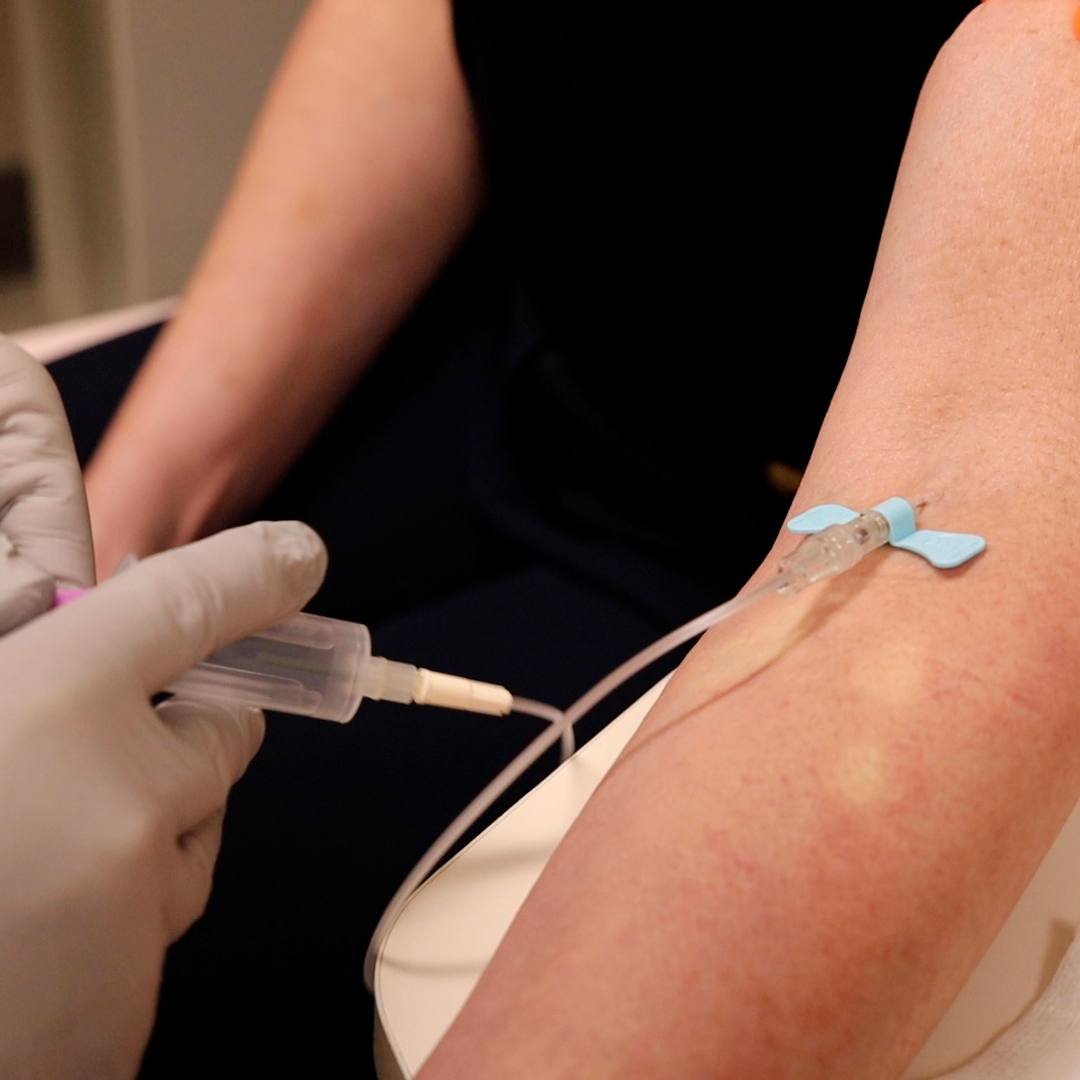-
Health & Wellness
Consumer Health: Blood donation — you can make a difference

The World Blood Donor Day campaign, observed Monday, June 14, is an effort by the World Health Organization intended to recognize the critical contribution of blood donors and raise global awareness about the need for safe blood and blood products for transfusion, year-round. The role of young people in ensuring a safe blood supply is a special focus of this year’s campaign.
Each year, millions of people need a blood transfusion, and the need knows no season. Some may need blood during surgery. Others depend on it after an accident or because they have a disease that requires blood components. Blood donation makes all of this possible. There is no substitute for human blood. All transfusions use blood from a donor.
Several types of blood donation meet different medical needs. The most common type is whole blood donation. About a pint of whole blood is donated, and the blood is then separated into its components: red cells, plasma and platelets.
To be eligible to donate whole blood, plasma or platelets, you must be in good health, at least 110 pounds, and able to pass the physical and health history assessments. The eligible age for becoming a blood donor is 16 or 17 years old, depending on the law in your state. Some states allow legal minors to donate with parent permission. While there's no legal upper age limit, policies may vary among individual donor centers.
Learn more about the lifesaving gift of blood donation. Get inspired by donor and recipient stories on the Blood Donor Program expert blog on Mayo Clinic Connect, a patient online community moderated by Mayo Clinic.
Related Articles







